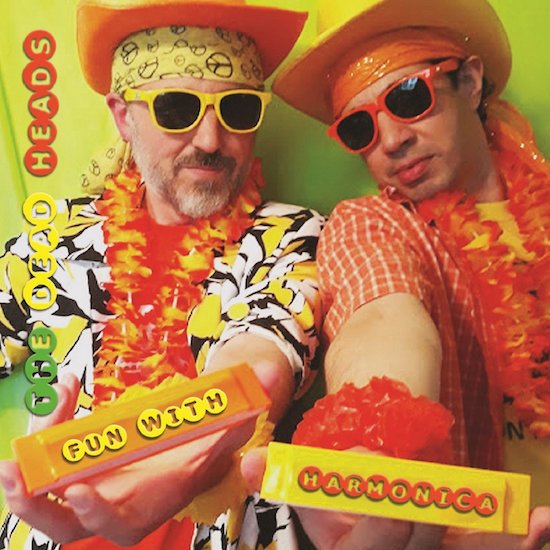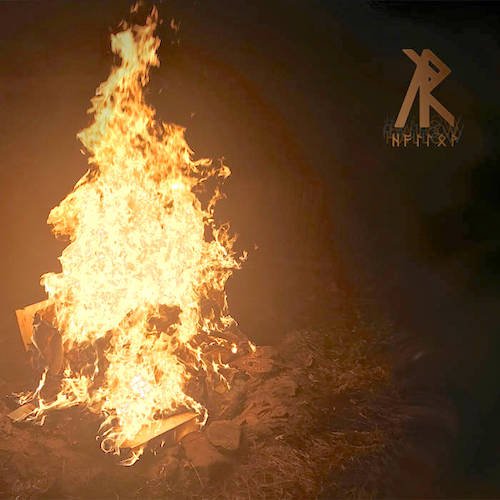Finally, the long-awaited, much-anticipated debut album, Infinite Pleasure, from Newcastle rockers The Pale White is here. The trio (made up of Adam…
Category: Album Review
Dry Cleaning – New Long Leg
The core speciality of Dry Cleaning is its voice. The voice, belonging to frontwoman Florence Shaw, takes on the role of an…
Album Review: The Deadhead’s ‘Fun With Harmonica’
When I was just a young teen in the early 1980s, there was an exciting and totally original – and…
Album Review: Pennan Brae’s Classic “The Astronot”
With the backing of an all-star cast of rock musicians and producers, singer, songwriter, and screenwriter Pennan Brae’s 2020 album,…
Album Review: The Haunting ‘Hallow’ by In Ruin
With this being the year of the pandemic, many indie rock bands and artists’ 2020 releases were simply ‘missed’ as…
Album of the Week: Tyson Ray Borsboom’s Terrific Debut LP ‘Will’
On his latest album, Will, Canadian singer/songwriter Tyson Ray Borsboom creates intricate portraits of love and life in the modern…
Album Review: Michael Whitney’s “Hot Glass”
The five-track EP, Hot Glass, is an ode to New England rock and roll in a number of ways and…
Album Review: Magnolia Red’s Debut LP ‘Ancient River’
On its debut album, the Norwegian indie rock band Magnolia Red‘s dynamic and varied sound presents electrifying guitar-driven Americana/indie rock…
Album Review: Nikki and The Human Element
When it comes to something like raising money to purchase essentials for the homeless, we are all ears. When awareness…
Album Review: The Stunning Automation of ‘Dangerous Things’ from Simon M. Smith
The future of music may already be here. That is – the automation of music. With the backlash lately against…
Album Review: ‘Albania Away’ from The Spiritual Leaders
Albania Away, the latest six-track E.P. from the indie rock/alt/pop trio The Spiritual Leaders is a wild, colorful and vibrant…
Album Review: ‘Hizumi’ by Memphis Duo Magnum Dopus
Memphis DIY alt. rock duo Magnum Dopus recently dropped the sizzling, 11-track album, Hizumi (which means either rice plant or…











